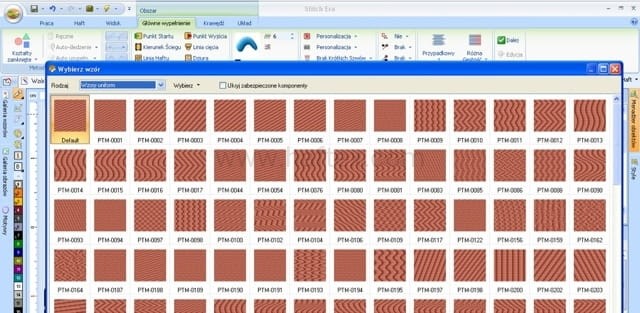

Originally using pure gold, this style has been in existence for at least 2,000 years, and has always been associated with wealth and status. Goldwork is a form of embroidery worked in gold or gilt-metal threads.

Chinese embroidery has four distinct regional styles: Shu xiu (Sichuan), featuring mostly natural-world motifs Su xiu (Jiangsu), in which colours are more naturalistic Xiang xiu (Hunan), known for emulating paintings, engravings and calligraphy and Yue xiu (Guangdong), characterised by the use of strong colours, no attempt to produce an illusion of depth, and a prevalence of dragons and phoenix motifs.Ĭhinese silk embroidered panel (detail), maker unknown, 18th century, China. Untwisted (flat) silk threads create a rich sheen and, when combined with padded stitching, create wonderful three-dimensional effects twisted threads are stronger and create bolder lines. It typically uses a variety of stitch styles, and a wide range of time-honoured designs: figurative motifs depicting flowers, birds and animals, as well as geometric and abstract patterns. © Victoria and Albert Museum, LondonĬhinese silk embroidery (xiu) has been practised in China for thousands of years. © Victoria and Albert Museum, London Needlework embroidered cushion cover, Jessie Newbery, about 1900, Scotland. Left to right: Wall hanging with art needlework embroidery (detail), designed by William Morris, made by Mrs Ada Phoebe Godman, 1877 – 1900, England. Experimental work inspired loosely by Art needlework was produced by Jessie Newbery, an embroiderer and teacher at the Glasgow School of Art. Art needlework was also supported by the establishment of the Royal School of Needlework in 1872, which aimed to restore "Ornamental Needlework for secular purposes, to the high place it once held amongst decorative arts".

Morris felt that the Victorian obsession with Berlin woolwork was responsible for the decline in needle skills, and instead promoted more traditional techniques, which were often inspired by nature and influenced by historic textiles from Italy, Iran (then Persia) and Turkey. It should be noted that the chain stitch is elastic and thicker than the lock stitch and can easily be raveled, where particular care is required to prevent run back from the last stitch.Art needlework is a style of embroidery championed in the 19th century by designer William Morris, a key figure in the Arts and Crafts movement. In a chain stitch, one needle thread is passed through the fabric, form a needle loop, and is secured by the next loop formed by the same thread. Class-100 (Chain Stitch):Ĭlass-100 is named chain stitch, which is produced by one or more needle threads and is characterized by interloping. There are different types of stitch used in garments those are mentioned in the following:Īll the above types of stitch have discussed below: 1. Different Types of Stitch Used in Garments: There are six types of stitch, which are deeply discussed in this article. The stitch quality is measured with stitch size, stitch length, width, depth, tension, sequence, elongation, elasticity, resilience, fabric distortion, yarn severance, and abrasive strength. Stitch can be defined as, one unit of conformation resulting from one or more strands or loops of thread by intra-looping, inter-looping, and interlacing. Stitch is very important during manufacturing a garment. Types of Stitch Used in Garments What is Stitch in Garment?


 0 kommentar(er)
0 kommentar(er)
